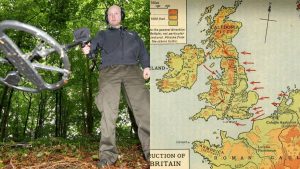Mens fashion throughout history
Men’s fashion has woven a tapestry of styles that echo the cultural, social, and technological changes of their times. From ancient civilizations to modern-day trends, men’s attire has evolved remarkably, reflecting the ethos and aesthetics of each era.
Whether it’s the grandeur of the Renaissance or the rebellious spirit of the 60s, each period has left an indelible mark on the fashion landscape. Let’s embark on a journey through time to explore these fascinating transformations.
Ancient Egyptian Elegance: Linen and Loincloths
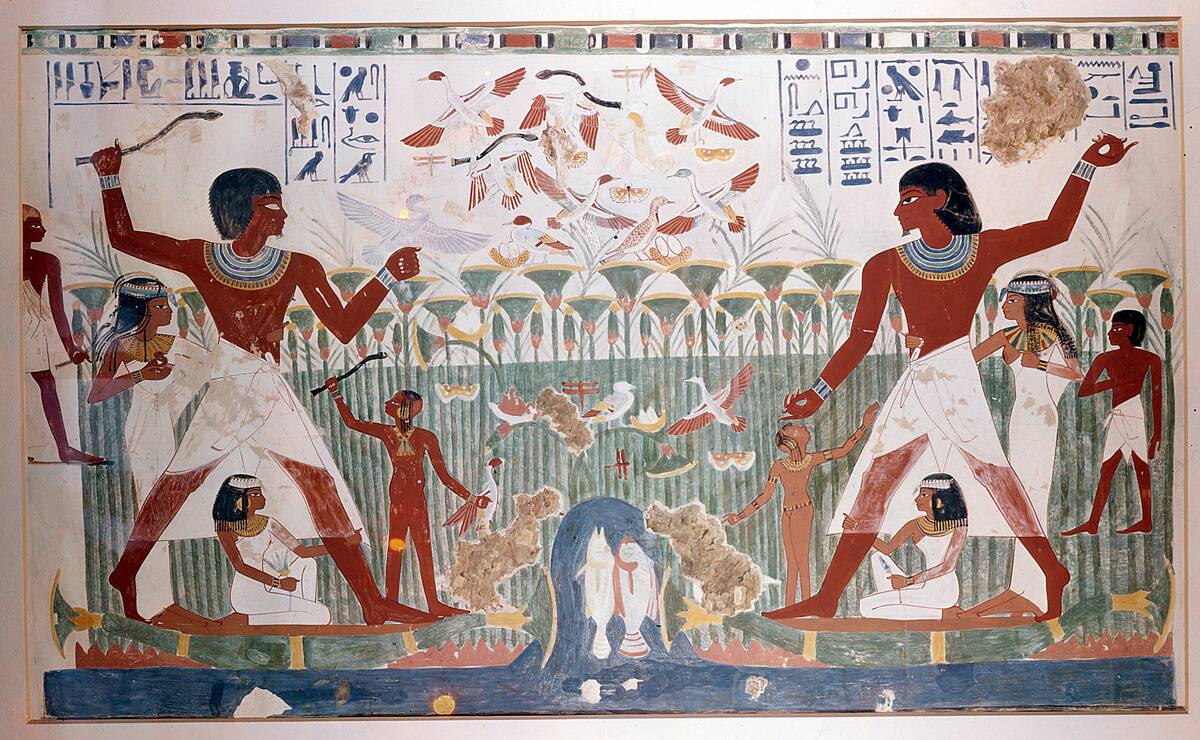
In ancient Egypt, linen was the fabric of choice, favored for its lightness and breathability in the hot climate. Men typically wore simple kilts, with wealthier individuals donning more elaborate garments adorned with pleats and jewelry.
The aesthetic was one of simplicity and functionality, yet it was imbued with a sense of elegance that spoke to the Egyptians’ appreciation for beauty and art. Accessories like wide jeweled collars added a touch of opulence to everyday wear.
Greek and Roman Influences: Togas and Tunics
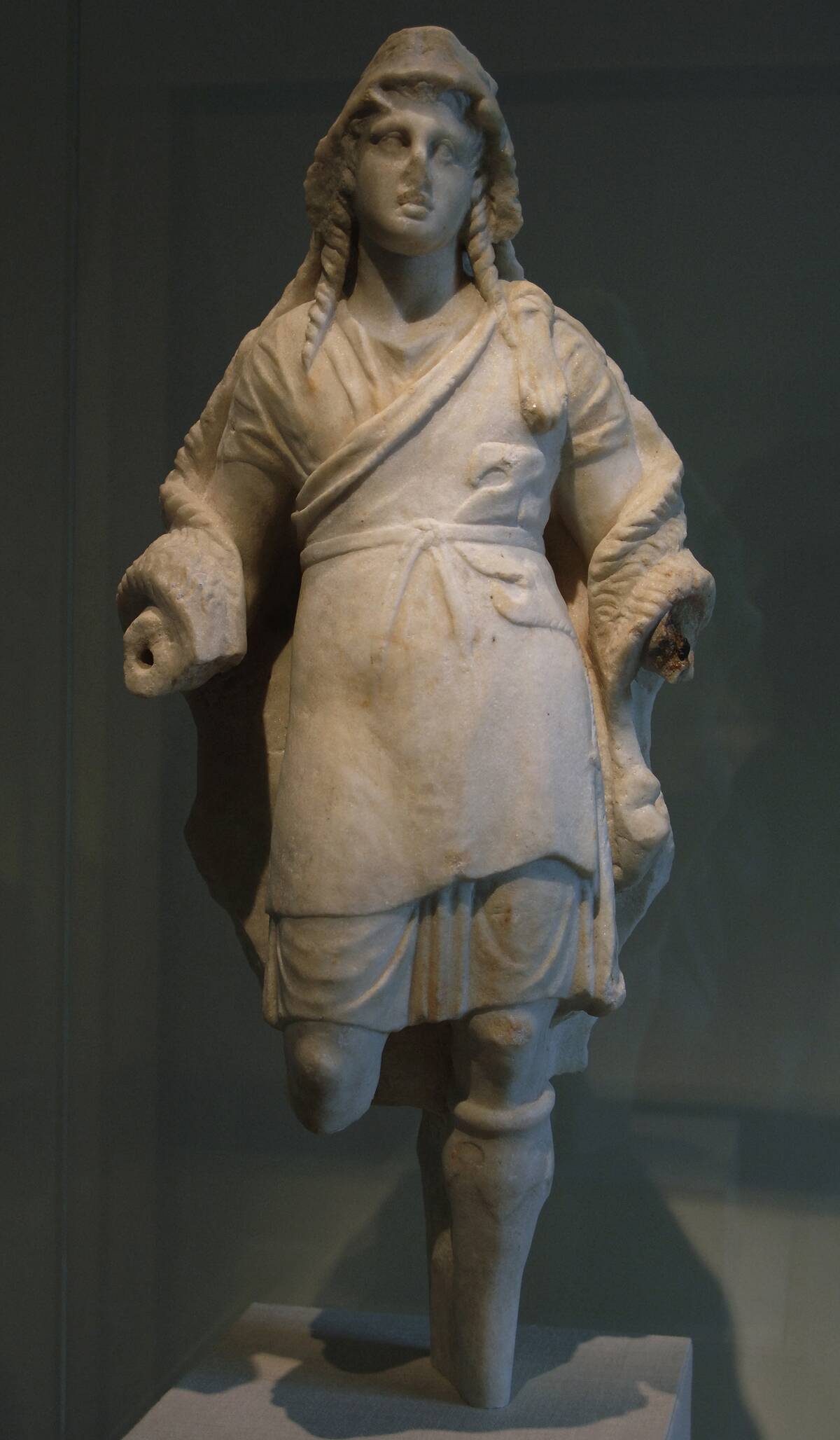
The Greeks and Romans brought a new dimension to men’s fashion with their iconic togas and tunics. The toga, a symbol of Roman citizenship, was made from a single piece of cloth elegantly draped around the body over a tunic.
Meanwhile, the Greeks favored the chiton, a tunic fastened at the shoulders depicted here on this statue of Dionysos. These garments were not only practical but also represented a sophisticated approach to dressing. The use of brooches and belts allowed for personalization, showcasing the wearer’s status and taste.
Medieval Majesty: Armor and Doublets
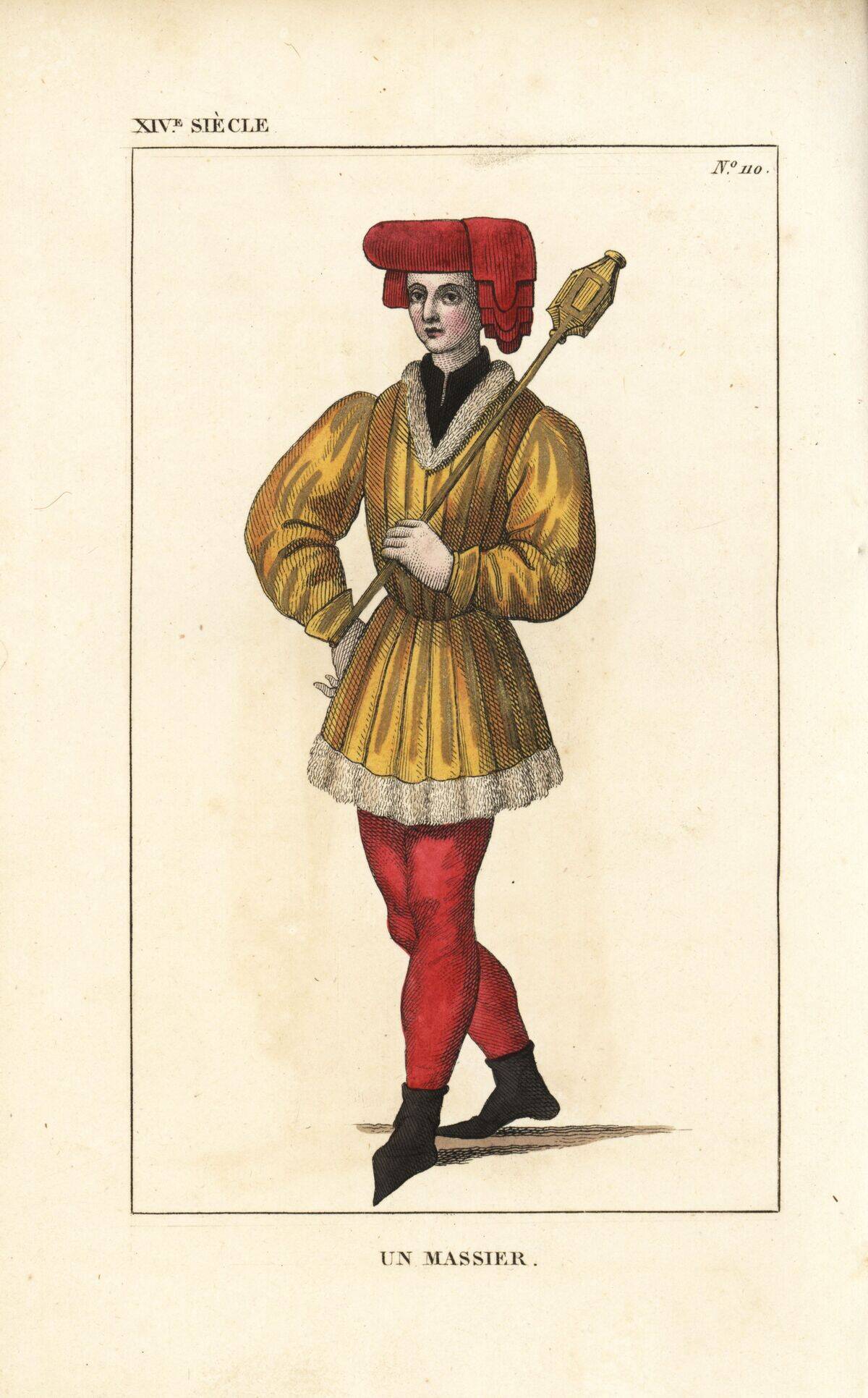
The medieval period saw men’s fashion dictated by necessity and status. Armor was essential for knights, combining functionality with a certain raw beauty. Off the battlefield, doublets became popular, serving as padded garments that were both protective and stylish.
These were often made from luxurious fabrics like velvet and silk for the nobility. The medieval wardrobe reflected a blend of practicality and the desire for ornamental design, with elaborate embroidery and rich colors signifying wealth.
Renaissance Revival: Ruffs and Codpieces
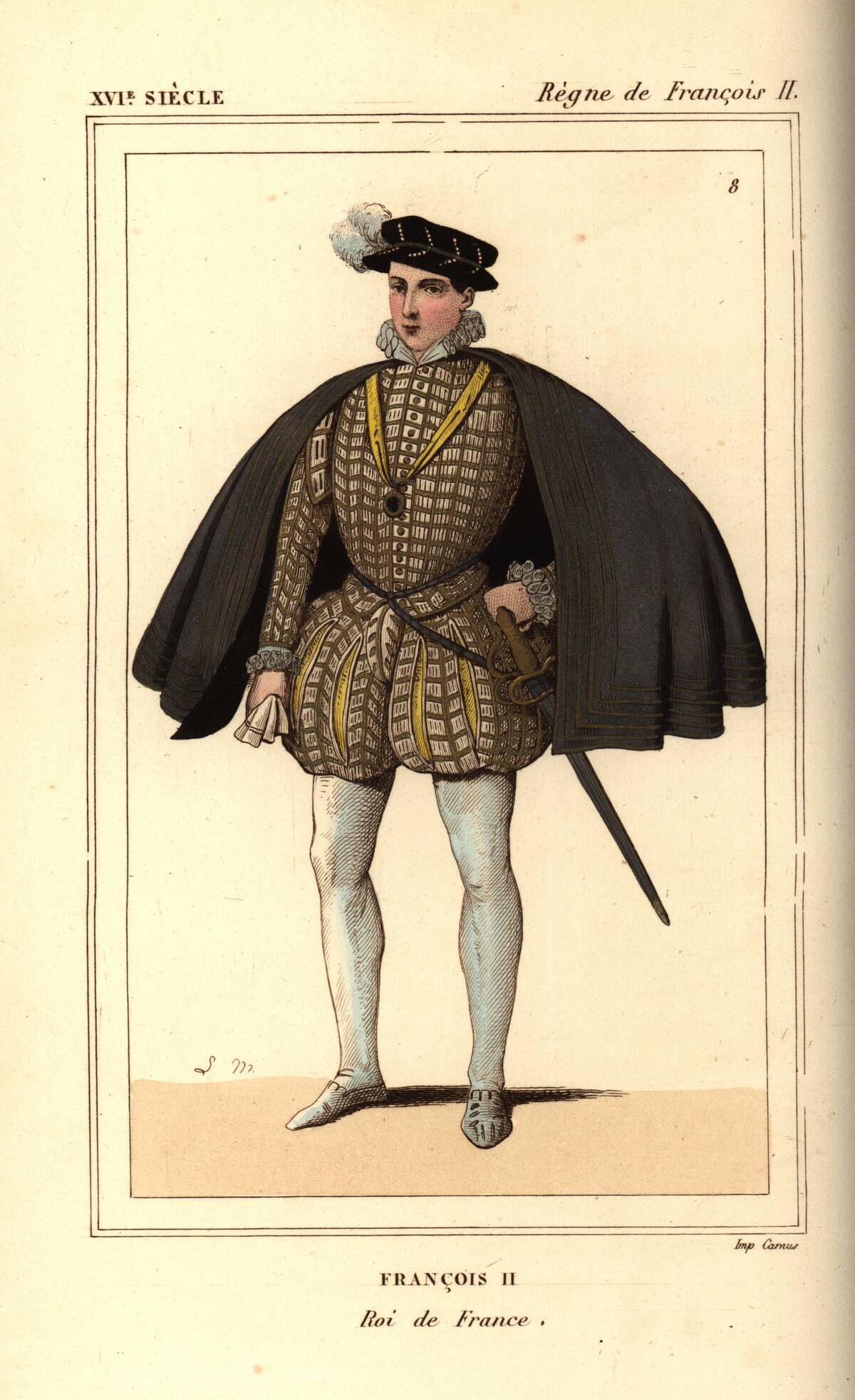
The Renaissance was a time of artistic rebirth, and men’s fashion was no exception. Ruffs, those extravagant, pleated collars, became a hallmark of high fashion, adding a dramatic flair to outfits. Codpieces, initially functional, transformed into exaggerated symbols of masculinity and style.
Tailoring techniques advanced significantly, with clothes being crafted to enhance the male form. This era celebrated individualism and creativity, as men expressed their personalities through richly decorated garments.
Baroque and Rococo: Extravagance and Elegance
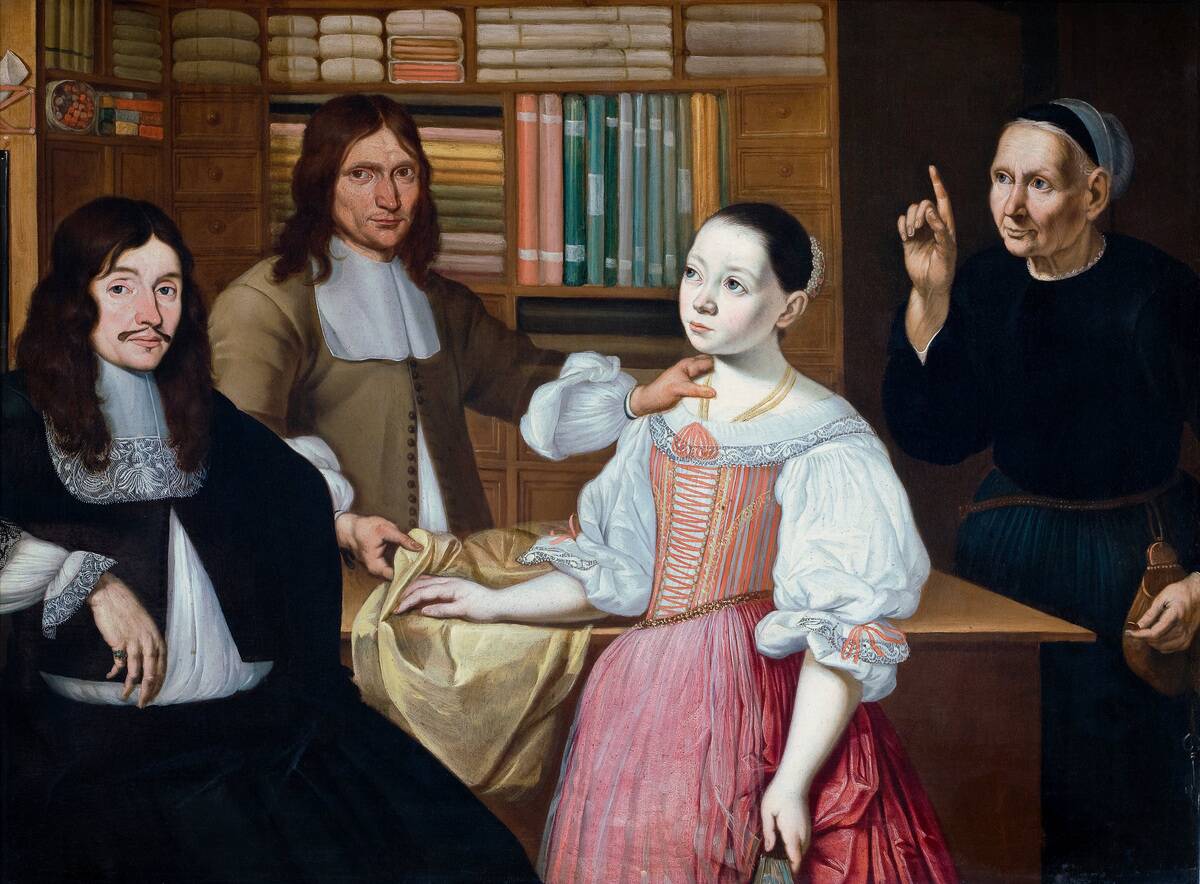
Baroque and Rococo fashion was characterized by its opulence and intricate detailing. Men’s attire featured lavish fabrics, such as brocade and silk, adorned with embroidery and lace.
Waistcoats and frock coats were common, often paired with breeches that showcased the wearer’s legs. The fashion of the time was not just about clothing but was a statement of luxury and sophistication. These styles reflected the grandeur of European courts and the desire to stand out in a crowd.
The Age of Enlightenment: Wigs and Waistcoats
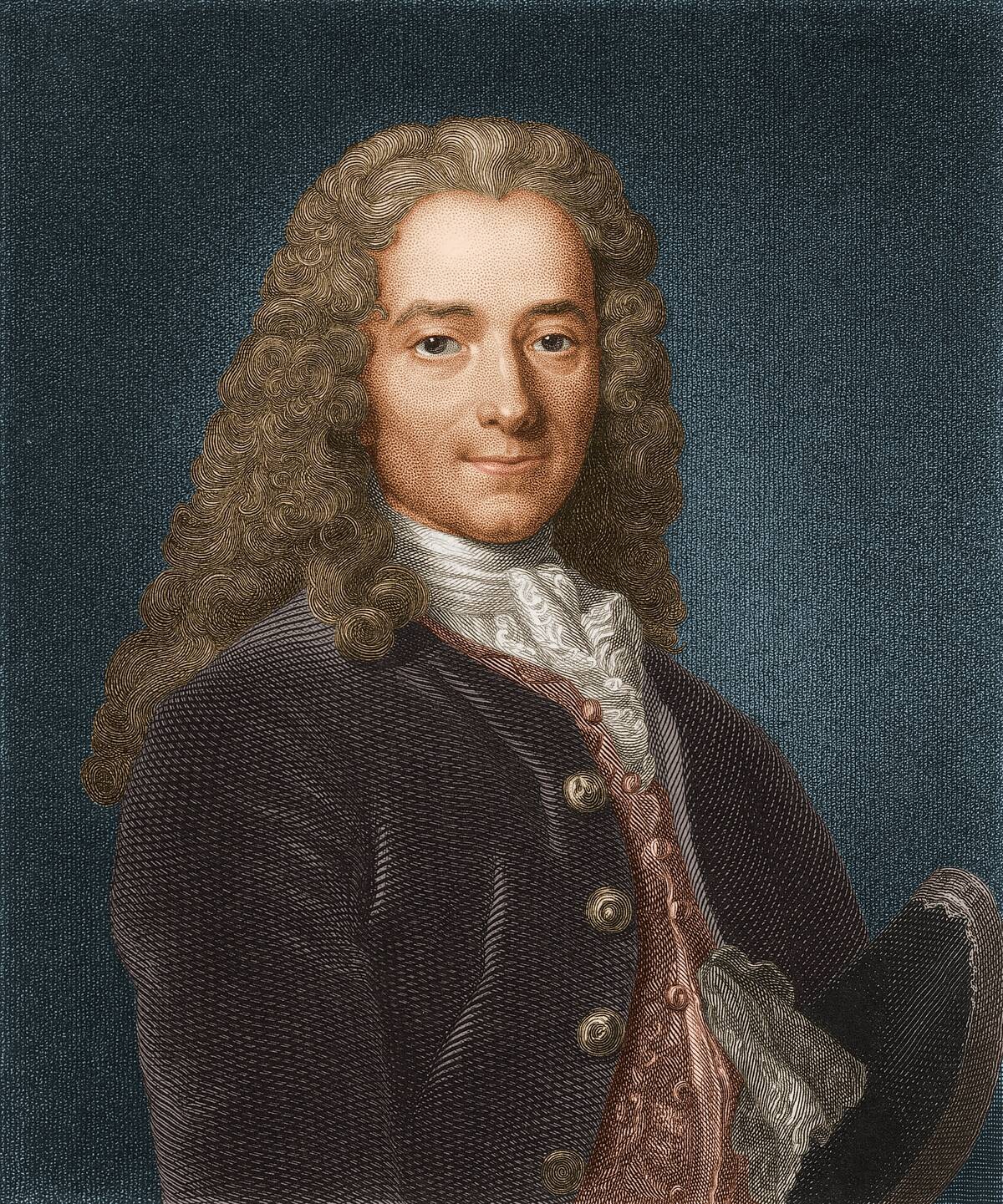
During the Age of Enlightenment, fashion became a vehicle for expressing intellectual and cultural ideals. Wigs, often powdered and styled, were an essential part of a gentleman’s ensemble, symbolizing status and refinement.
Waistcoats remained a staple, now more understated in design, reflecting the Enlightenment’s emphasis on rationality and restraint. Men’s fashion during this period balanced formality with a newfound appreciation for comfort, paving the way for the more practical styles of later centuries.
Regency Refinement: Tailcoats and Cravats
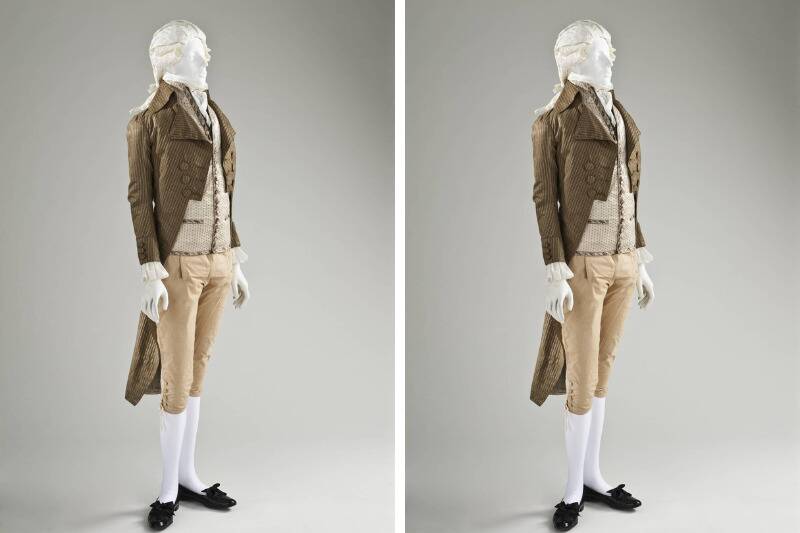
The Regency era brought a refined elegance to men’s fashion with the introduction of tailcoats and cravats. Tailcoats, cut short at the front and long at the back, offered a sleek, sophisticated silhouette.
Cravats, precursors to the modern tie, added a touch of personal flair with their intricate knots and fabrics. This period emphasized cleanliness and simplicity, yet allowed for individuality through subtle details. The fashion of the Regency era reflected a society in transition, balancing tradition with innovation.
Victorian Virtues: Top Hats and Tailcoats
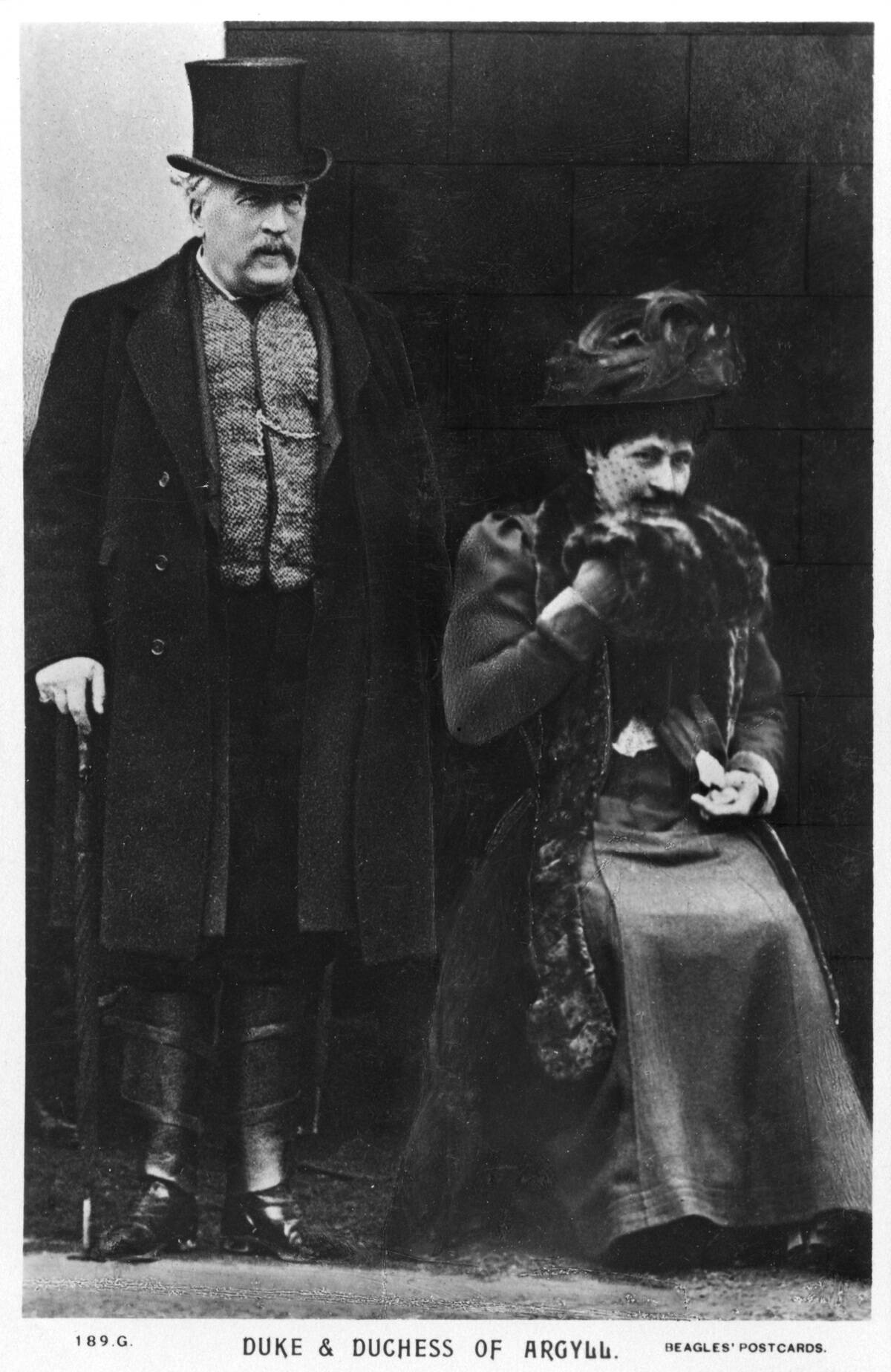
The Victorian era was marked by a strict sense of propriety, mirrored in the fashion of the time. Men wore top hats, symbolizing respectability and social standing, while tailcoats remained a key component of formal wear.
This period also saw the rise of the morning coat, suitable for less formal occasions. Victorian fashion was characterized by its attention to detail and an emphasis on modesty, with dark, muted colors predominating and accessories like pocket watches adding a touch of elegance.
Edwardian Elegance: Morning Coats and Bowler Hats
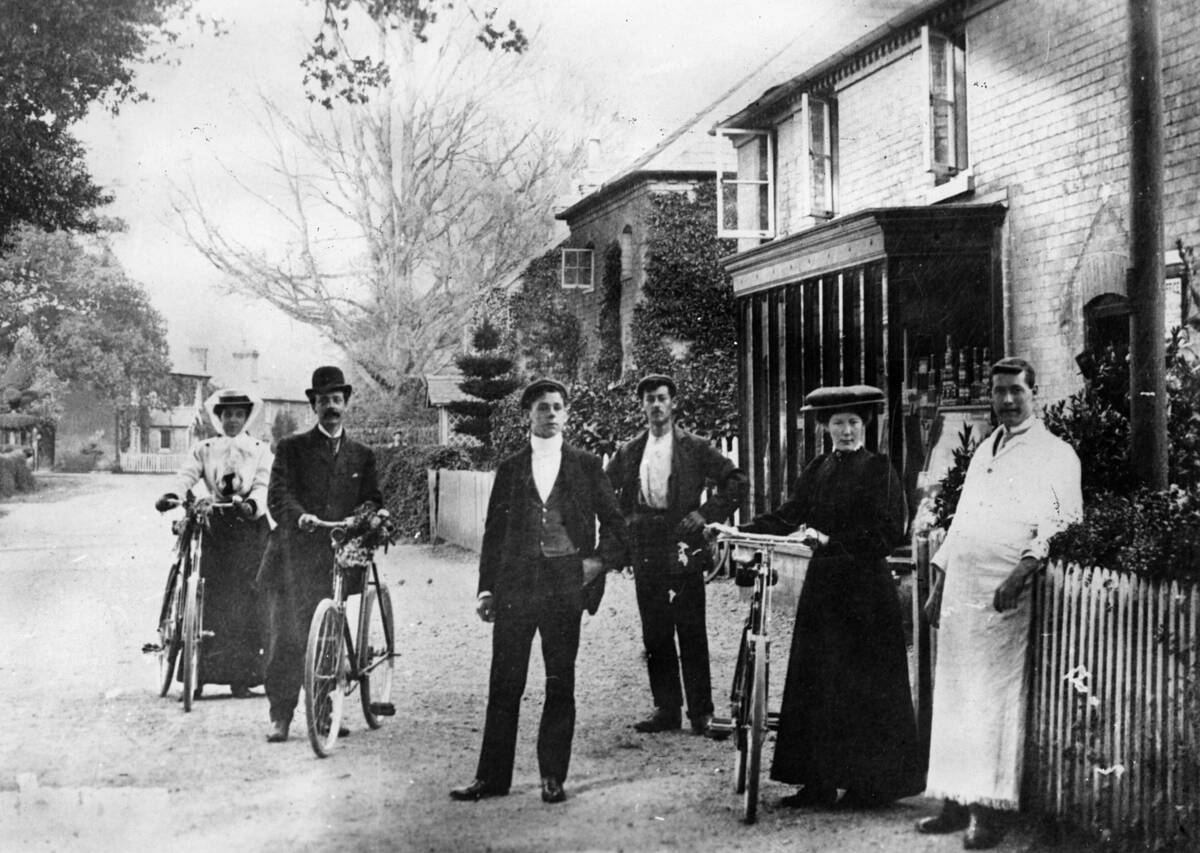
Edwardian fashion continued the Victorian tradition of formality but introduced a softer silhouette with morning coats. These coats, cut away at the front, were paired with striped trousers and waistcoats, offering a more relaxed yet still dignified look.
Bowler hats became popular for everyday wear, known for their practicality and style. The Edwardian era reflected a society enjoying newfound prosperity, as men embraced fashion that combined elegance with a touch of modernity, setting the stage for the changes to come.
Roaring Twenties: Suits and Fedoras
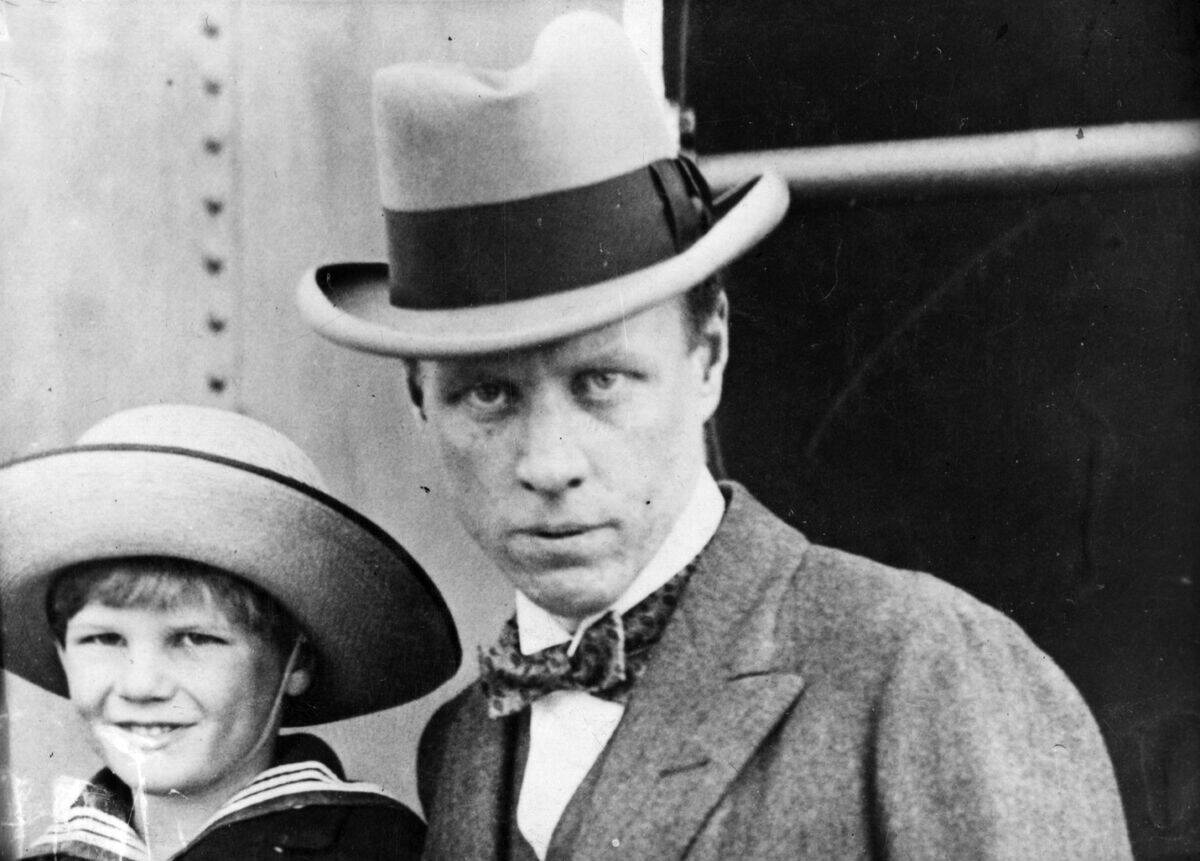
The Roaring Twenties were a time of exuberance and change, and men’s fashion reflected this newfound freedom. Suits became slimmer and more fitted, with the three-piece suit becoming a wardrobe staple.
Fedoras topped off the look, adding a dash of style and sophistication. This era saw a move away from the rigid formality of previous decades, as jazz and dance halls influenced a more casual, carefree approach to dressing. Men’s fashion in the 1920s celebrated the spirit of adventure and modernity.
Wartime Utility: The 1940s and Military Influence
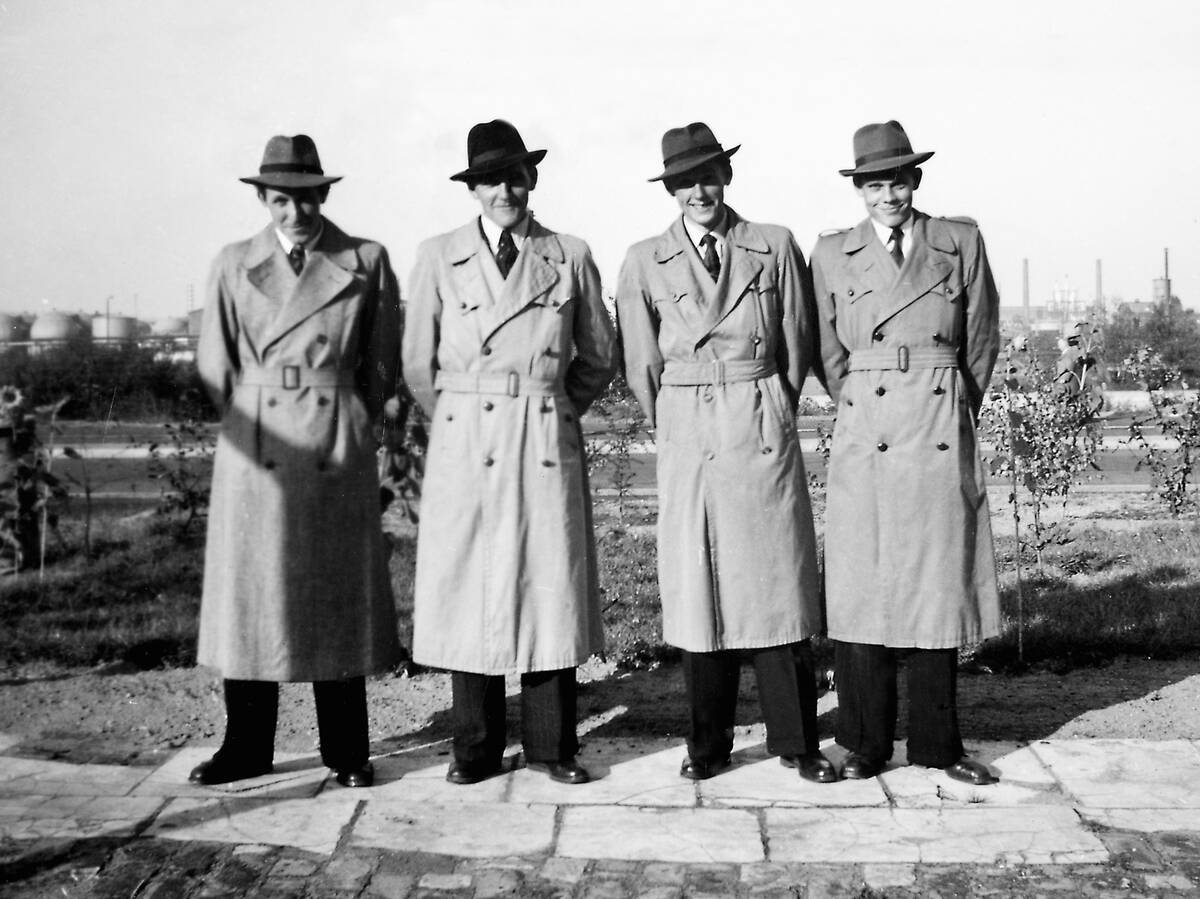
The 1940s were defined by the impact of World War II, and men’s fashion took on a utilitarian edge. Military uniforms influenced civilian clothing, with trench coats, bomber jackets, and khaki becoming popular.
The emphasis was on practicality and durability, with clothing designed to conserve materials and support the war effort. Despite the constraints, men found ways to express their style, often through accessories like ties and hats. This era laid the groundwork for the post-war fashion explosion.
Post-War Prosperity: The 1950s and Business Casual
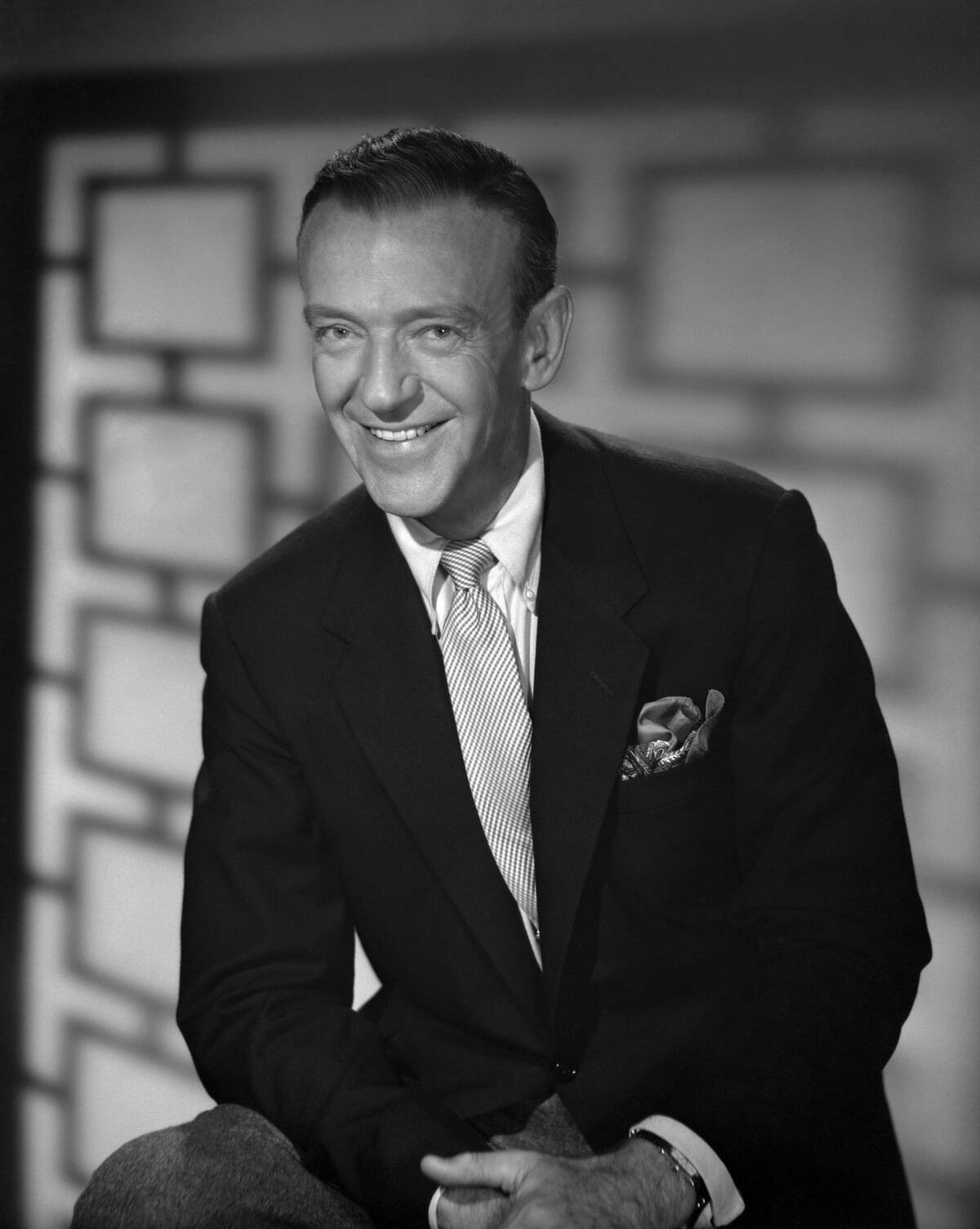
The post-war 1950s ushered in an era of prosperity and optimism, mirrored in men’s fashion as business casual gained popularity. The gray flannel suit became a symbol of the working man, while sports jackets and slacks offered a more relaxed, yet still professional, look.
This period saw the rise of leisurewear for the first time, as men embraced casual clothing for weekends and vacations. The 1950s marked a shift towards comfort and practicality, setting the stage for the more adventurous styles of the 60s.
The Swinging Sixties: Mod Fashion and Colorful Prints
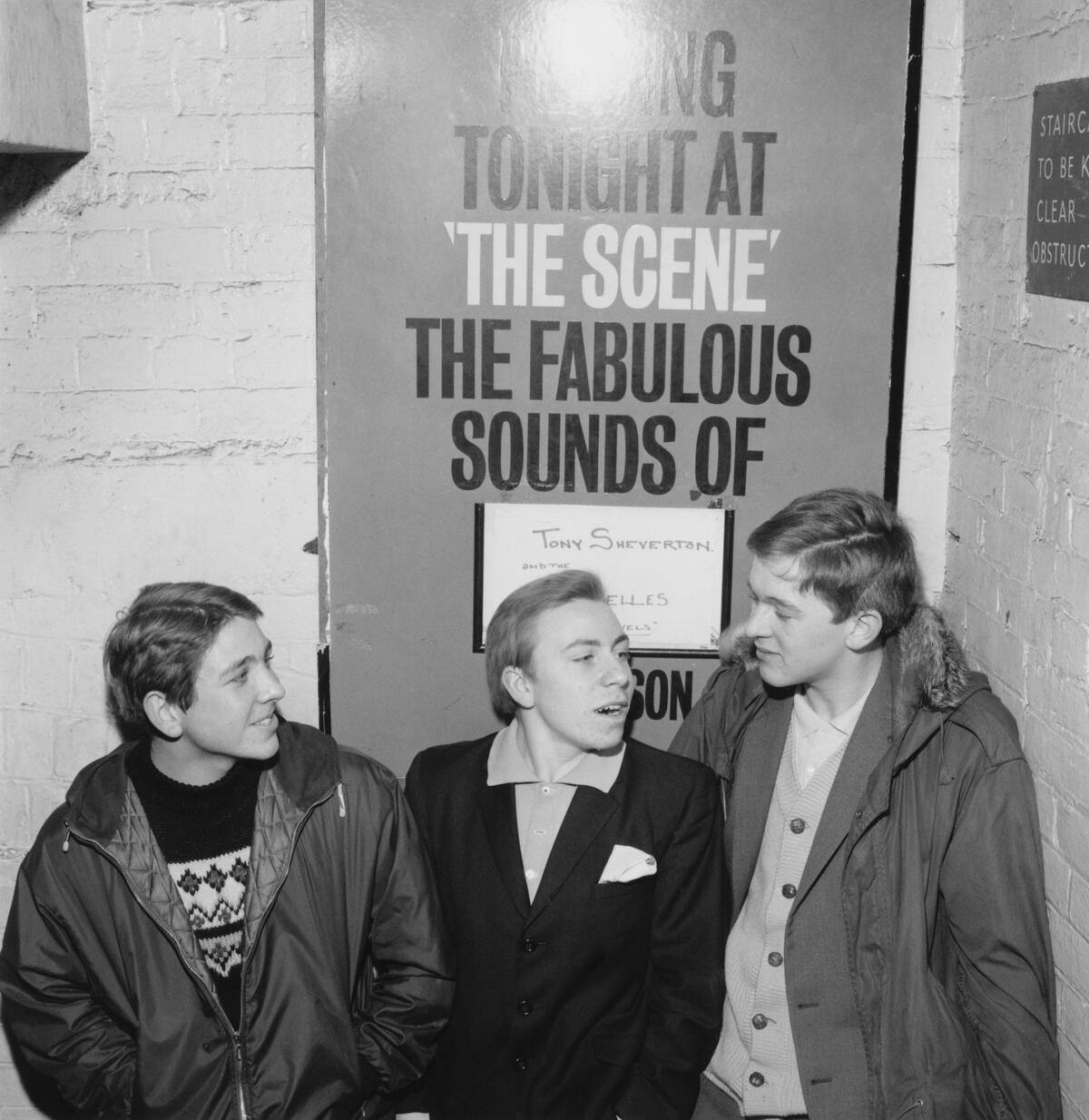
The 1960s were a revolutionary time for men’s fashion, as mod styles and colorful prints took center stage. Slim-cut suits, bold patterns, and a vibrant palette defined the era, reflecting the cultural shifts and youthful exuberance of the time.
The influence of rock and roll and the counterculture movement encouraged experimentation and self-expression. Men’s fashion in the 60s broke away from traditional norms, embracing a more daring, playful approach that celebrated individuality and creativity.
Disco Fever: The 1970s and Flared Trousers
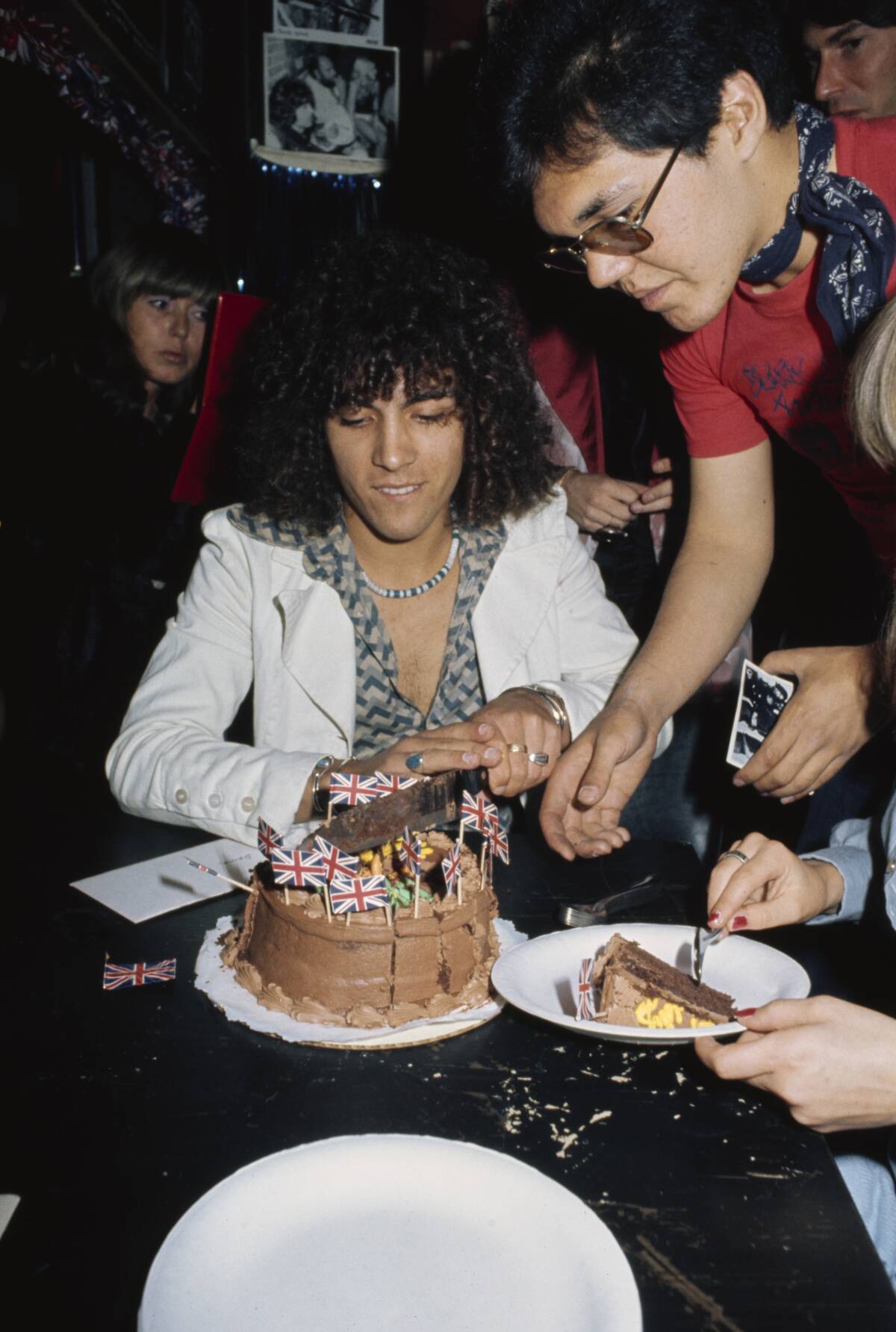
The 1970s were dominated by disco fever, and men’s fashion embraced the flamboyance of the dance floor. Flared trousers, wide lapels, and bold, colorful patterns were all the rage, reflecting the era’s love for self-expression and celebration.
The influence of music and pop culture was undeniable, as men adopted styles that were as much about making a statement as they were about personal taste. The fashion of the 70s was all about breaking free from convention and embracing a spirit of fun.
Power Dressing in the 1980s: Suits and Shoulder Pads
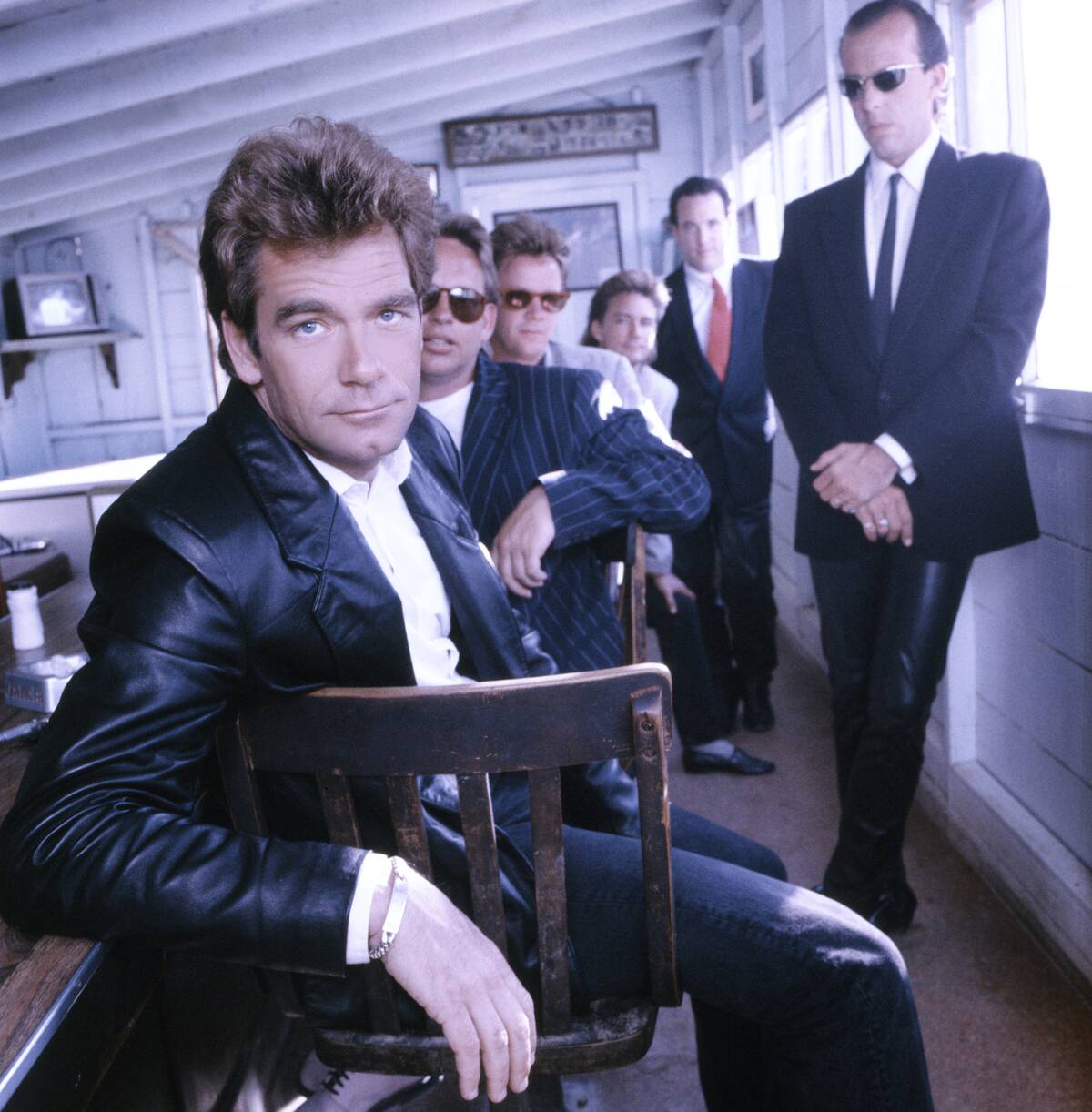
The 1980s were the era of power dressing, where men’s fashion took on a bold, confident edge. Suits with broad shoulder pads became synonymous with success, reflecting the corporate culture and economic boom of the time.
Bold colors and patterns were embraced, as men sought to convey authority and ambition through their attire. This decade was all about making a statement, with accessories like suspenders and flashy ties adding to the overall look. The 80s redefined men’s fashion, emphasizing strength and presence.
Grunge and Minimalism: The 1990s Fashion Scene
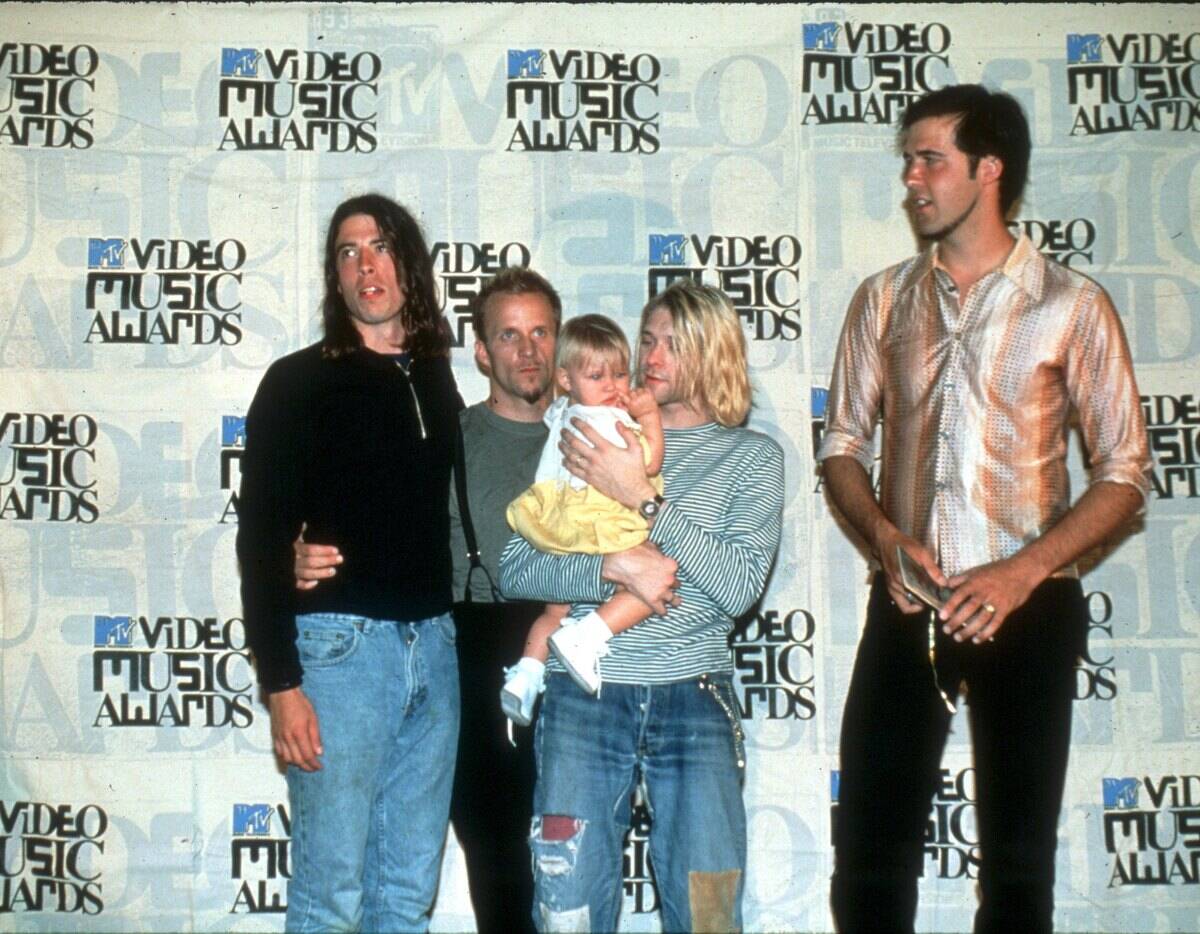
The 1990s brought a stark contrast to the opulence of the 80s with the rise of grunge and minimalism. Men’s fashion favored a more laid-back, understated style, with flannel shirts, ripped jeans, and combat boots becoming iconic.
The minimalist movement also gained traction, focusing on simple silhouettes and neutral colors. This decade was marked by a rejection of excess, as men embraced a more authentic and relaxed approach to dressing. The 90s highlighted a desire for comfort and individuality in fashion.
The New Millennium: Casual Chic and Designer Labels
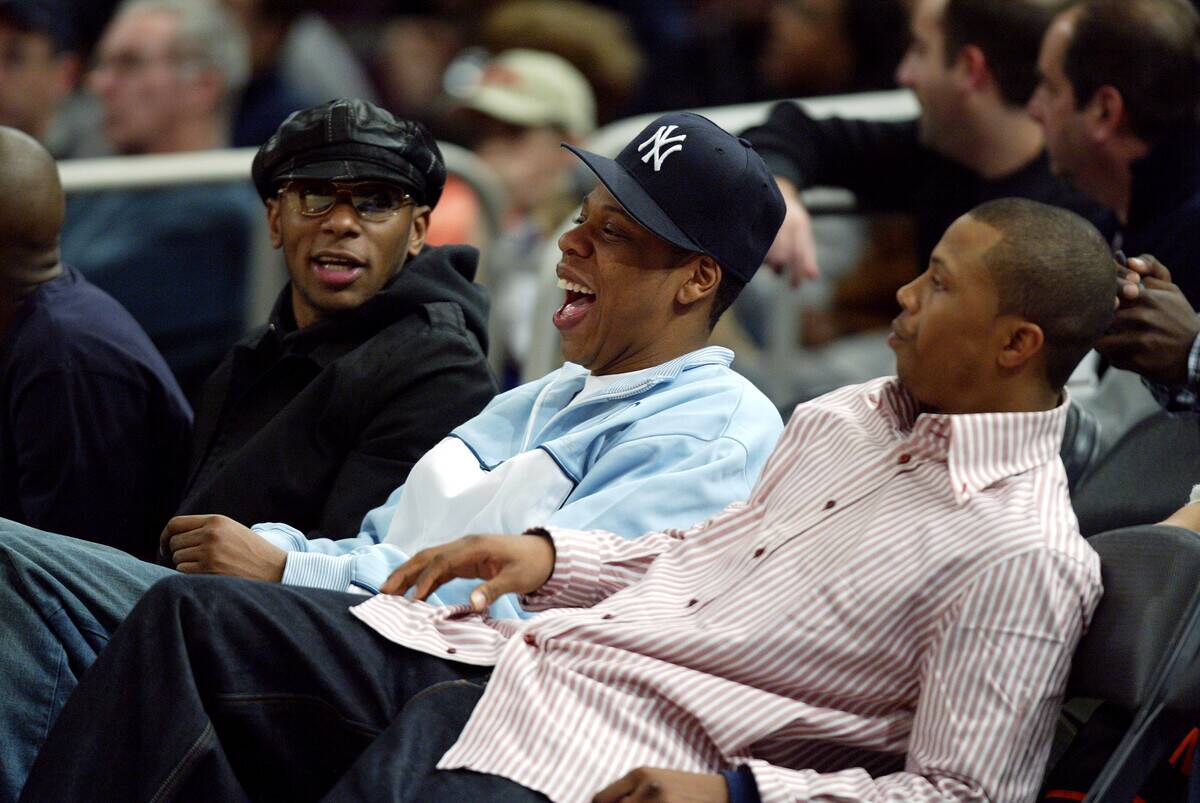
As we entered the new millennium, men’s fashion embraced casual chic and the allure of designer labels. The blending of high fashion with streetwear created a new dynamic, where comfort met luxury.
Jeans paired with tailored blazers became a go-to look, offering versatility and style. Designer brands gained prominence, as men sought to make a statement with their choice of clothing. The 2000s were all about balancing casual ease with a touch of sophistication, reflecting the evolving landscape of modern fashion.
The 2010s: Streetwear and Sustainability
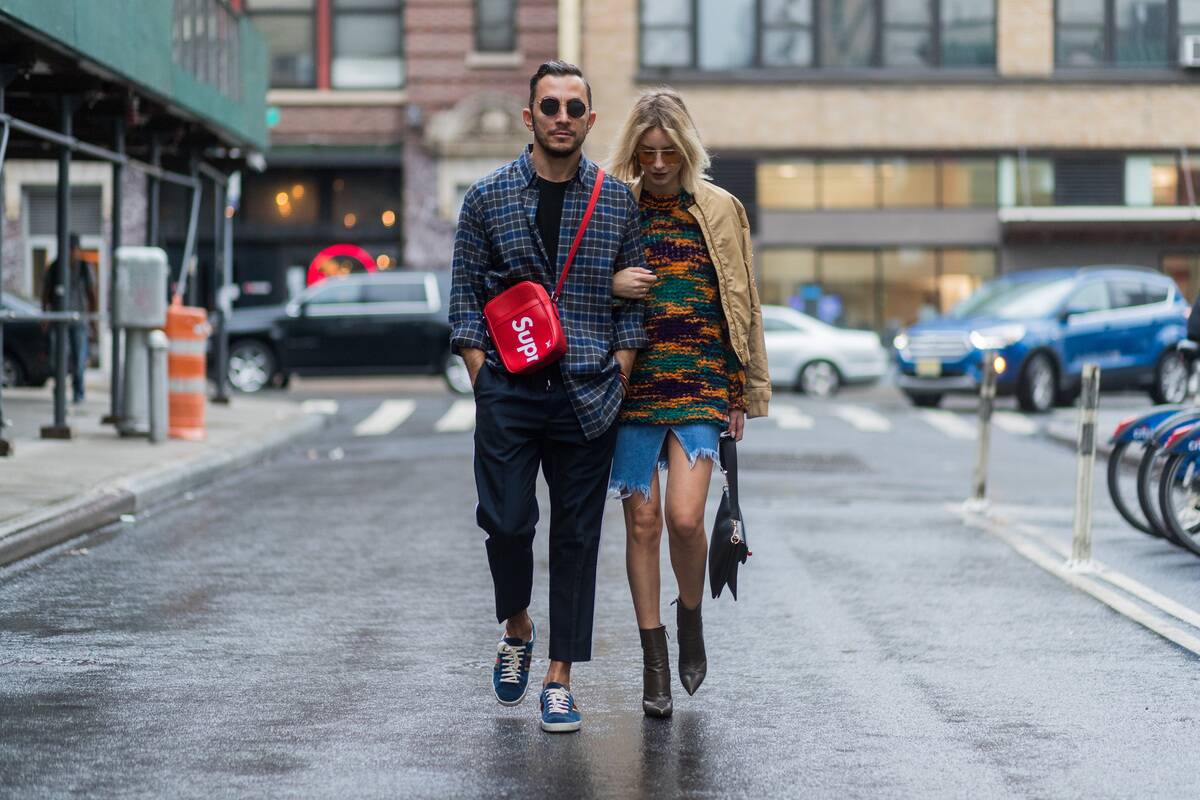
The 2010s saw streetwear rise to prominence, with brands like Supreme and Off-White leading the charge. This decade was characterized by a fusion of urban style and high fashion, where hoodies, sneakers, and graphic tees became staples.
Sustainability also became a major focus, as consumers became more conscious of environmental impact. Men’s fashion in the 2010s was about expressing individuality while making ethical and sustainable choices. The decade marked a shift towards a more inclusive and responsible fashion industry.
Current Trends: Men’s Fashion in the 2020s
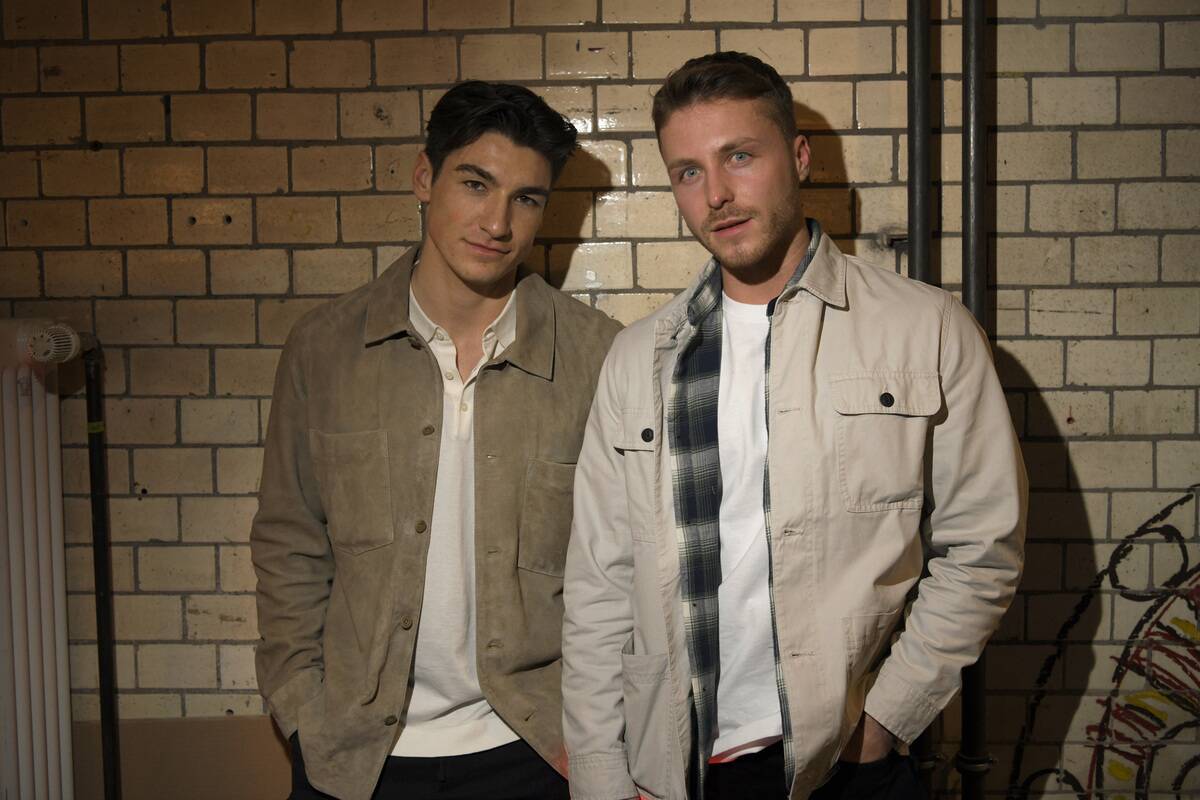
In the 2020s, men’s fashion continues to evolve with an emphasis on comfort, sustainability, and technology. Athleisure remains popular, with performance fabrics and versatile designs catering to modern lifestyles. Tailoring has become more relaxed, reflecting a shift towards informal elegance.
Sustainability is at the forefront, with brands focusing on eco-friendly materials and ethical production. The 2020s are all about versatility and innovation, as men’s fashion adapts to the changing demands of contemporary life.



